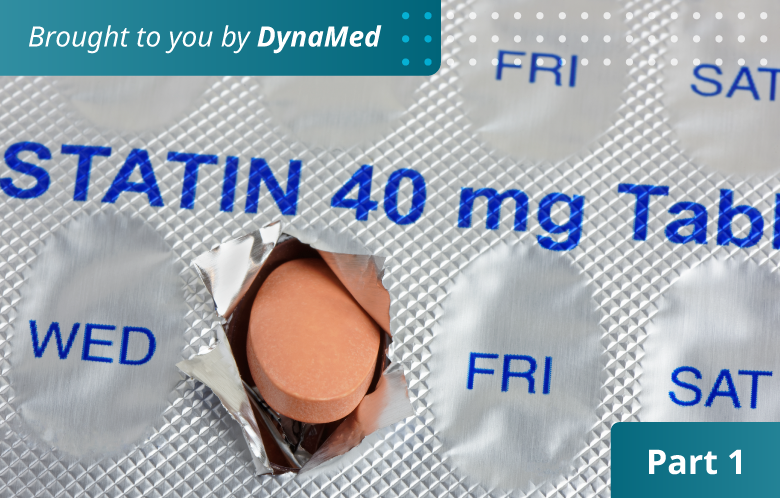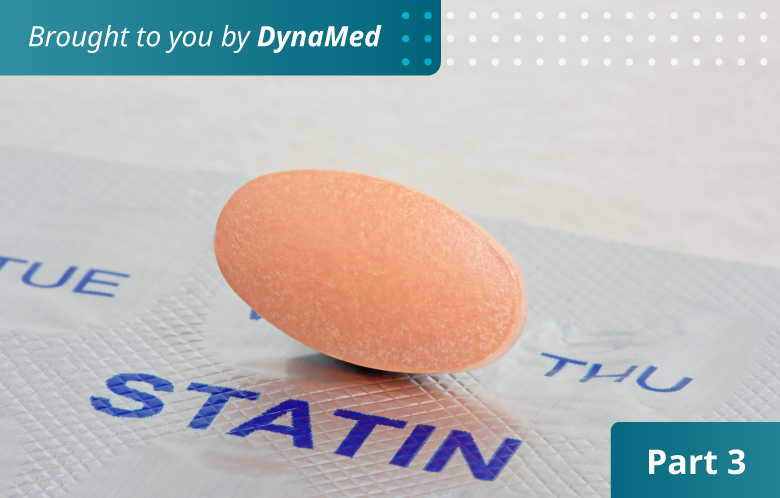Statins. It seems there’s always something abuzz with respect to this class of medications, even though the first medication in this class was approved over three decades ago.
Major guideline recommendations are fairly consistent regarding statin therapy for secondary prevention of cardiovascular outcomes. Unfortunately, the same cannot be said for primary prevention in patients who do not have cardiovascular disease.
The 2018 guidelines from the American College of Cardiology and American Heart Association (ACC-AHA) give recommendations for different statin intensities based on various clinical factors.
In contrast, the 2022 guidelines from the United States Preventive Services Taskforce (USPSTF) say moderate-intensity statin therapy seems reasonable for most people who are taking a statin for primary prevention, but this is not a formal recommendation. This statement seems to be informed by observations from an accompanying systematic review and meta-analysis (SRMA), which explains important details pertaining to evidence about statins for primary prevention:
- There are limited data directly comparing differing statin intensities for primary prevention.
- Most primary prevention trials studied moderate-intensity statin therapy only.
- There is no clear dose-response effect for statin intensity and efficacy.
It is also worth noting the Cholesterol Treatment Trialists (CTT) have – since 2005 and intermittently thereafter – published individual patient data meta-analyses (IPDMAs) that offer estimates of cardiovascular risk reduction from statins per mmol/L (≈ 40 mg/dL, but more precisely ≈ 38.7 mg/dL) reduction in LDL-C.
So, what does this mean for statins in primary prevention?
Well, it’s complicated. But don’t turn away just yet. It’s a fun and interesting kind of complicated, and one that – when the dust settles – may offer clarity.
In the weeks to come, we’ll cover the CTT IPDMAs, the USPSTF SRMA, and finally, a reflection and synthesis that may help to make all this talk about statins more understandable and implementable as we strive to provide the best possible care.



